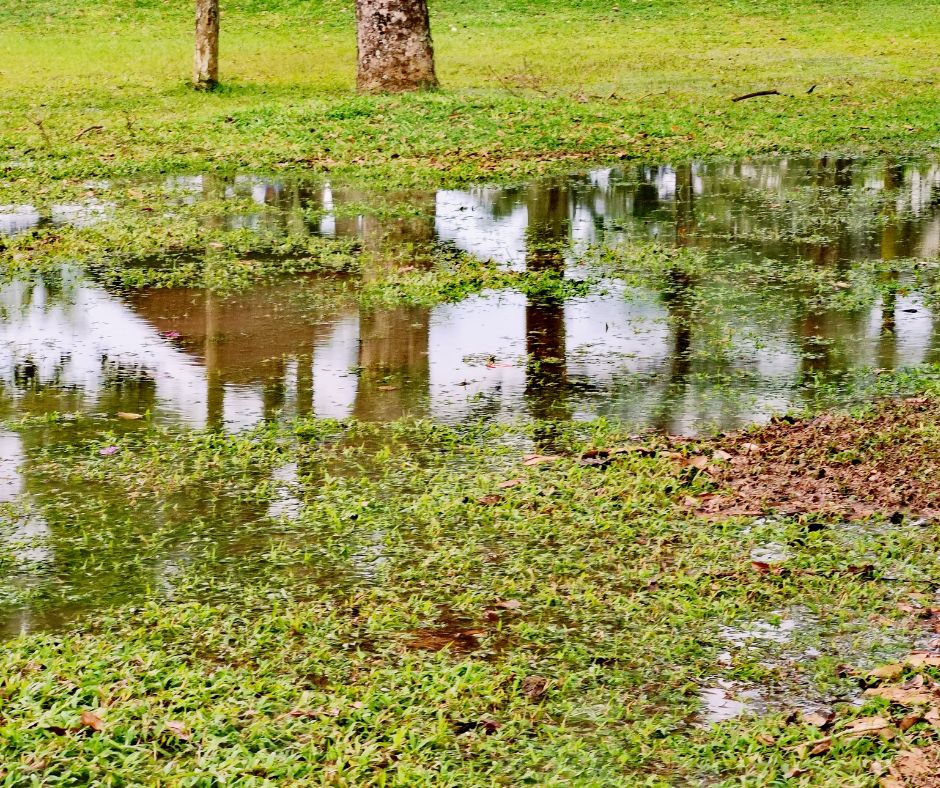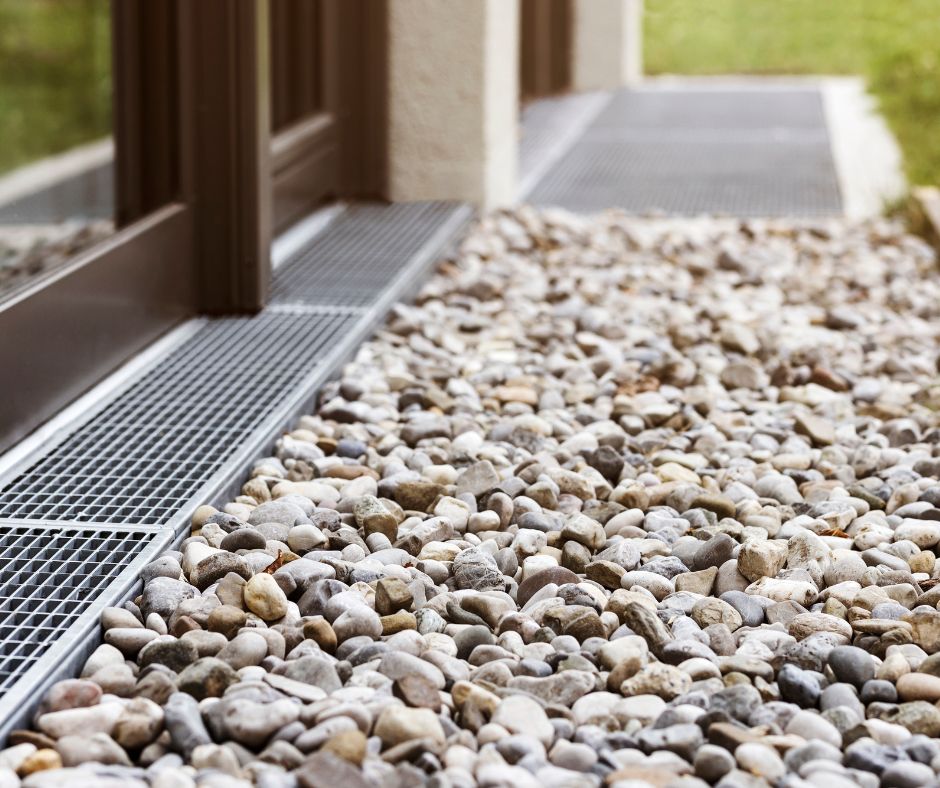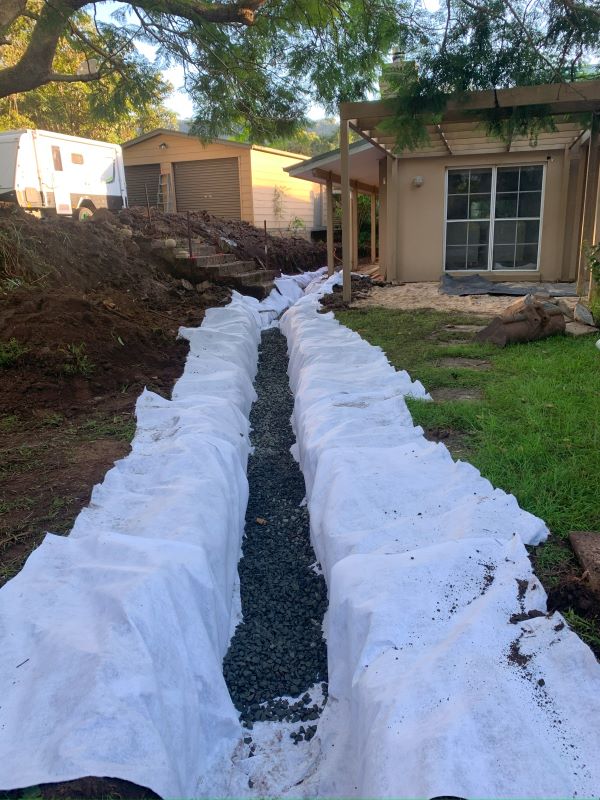In-Depth Analysis of the Key Factors Leading to Blocked Stormwater Drains
Blocked stormwater drains are a common issue that arise from a variety of natural and structural factors, including the accumulation of leaf debris, intrusion by tree roots, and cases of pipe collapse. Typical indicators of a blockage include sluggish water drainage, visible pooling of water near drainage grates, strange gurgling noises coming from the pipes, or water flowing back into your home after it rains. To address these challenges effectively, start by clearing any visible debris from the surface, and perform a detailed inspection for possible pipe blockages. Should these issues continue, it may be wise to contemplate the installation of a French drain system, which can adeptly redirect surplus water away from your home’s foundation, thus averting potential structural damage.

During heavy rainfall, your stormwater management system is intended to efficiently channel water away from your property. However, if drains become blocked, water can quickly back up, resulting in flooding of gardens, potential damage to your home's foundations, and even water seepage into basements or subfloors. Homeowners in Wollongong, particularly those residing on sloped blocks or in areas with clay-heavy soil, often find that blocked stormwater drains are a persistent issue that necessitates continuous monitoring to prevent costly repairs.
Whether your drainage grate is overflowing or your backyard resembles a swamp after each rainfall, this extensive guide will investigate the various causes of such blockages, offer detailed instructions on how to clear them effectively, and provide guidance on when it may be necessary to implement a more sophisticated solution, such as a French drain system. By gaining insight into these factors, you can take proactive measures to maintain your property's drainage systems effectively.
Uncovering the Common Causes of Blocked Stormwater Drains in Wollongong
1. The Effects of Leaf Litter and Garden Debris Accumulation on Drainage
During periods of inclement weather, organic materials such as leaves, bark, and mulch can wash into surface grates, creating a natural barrier that obstructs the flow of water. Without regular upkeep and cleaning, these blockages can accumulate quickly, especially in densely vegetated suburbs like Keiraville, Figtree, or Mt Keira. Homeowners must stay proactive about clearing these areas to prevent flooding and potential water damage, ensuring that stormwater systems function effectively and efficiently.
2. The Adverse Effects of Invasive Tree Roots on Drainage Systems
Mature trees feature extensive root systems that often seek out moisture sources, which can lead them to infiltrate and damage PVC or clay pipes. Over time, this infiltration can obstruct water flow and trap additional debris within the pipes, resulting in severe blockages. Such intrusions demand prompt attention, as they can lead to expensive repairs and further harm to your stormwater infrastructure.
3. Recognising Pipe Collapse and Silt Accumulation in Ageing Systems
Older stormwater systems, especially those in homes built before the year 2000, are vulnerable to issues such as collapsed pipes, incorrect fall angles, or excessive sediment build-up. These flaws often go unnoticed until a significant rainfall occurs, leading to sudden failures that can cause extensive property damage. Regular inspections and maintenance are essential for identifying and addressing these vulnerabilities before they escalate into major problems.
4. The Impact of Improper Surface Grading on Water Drainage Efficiency
If your yard is not graded correctly to slope away from your home, water will naturally accumulate near walls and grates, increasing the risk of flooding. Even a well-functioning stormwater pipe may struggle to manage excess water if the surface is not conducive to effective drainage. Conducting regular evaluations of your property’s grading can help alleviate these issues, ensuring that water flows away from critical areas and minimising the risk of damage.

Recognising the Signs of a Blocked Stormwater Drain
- Surface water pooling around grates or downpipes
- Gurgling or bubbling sounds during rainfall
- Water overflowing from gutters or drainage pits
- Soggy lawns or spongy soil lingering for days after rainfall
- Basement or garage flooding after storms
Step-by-Step Guide to Effectively Clear a Blocked Stormwater Drain
1. Start by Removing Surface Debris
Begin your drain clearing process by taking away leaves, silt, and other debris from grates, pits, and downpipe guards. In many situations, the blockage can be traced to material just beneath the surface cover, making this a crucial first step in the clearing process.
2. Flush the Line Using High-Pressure Water
Utilise a high-pressure hose or jetter to effectively eliminate shallow blockages. However, if you notice the system starting to back up, stop operations immediately, as applying further pressure may worsen a collapsed section of the pipe, leading to additional complications.
3. Employ a Drain Camera for Comprehensive Inspection
A licensed plumber can conduct a thorough inspection of stormwater pipes using a CCTV drain camera. This advanced technology reveals cracks, blockages, or misaligned connections that may be causing drainage issues, allowing for targeted and effective repairs.
4. Engage Professionals to Address Tree Root Blockages
If tree roots are identified as the cause of the blockage, pipe relining may be the most effective long-term solution, as it seals the pipe without necessitating excavation. If you're uncertain about the best course of action, our Wollongong drainage specialists can provide an accurate diagnosis and efficiently resolve blocked systems.
When to Consider Installing a French Drain System for Effective Water Management
French drains represent an innovative subsurface drainage solution specifically engineered to redirect water away from your property. These systems consist of a gravel-filled trench containing a perforated pipe, which is installed at a slight gradient to transport water toward a designated discharge point, ensuring effective drainage and minimising water accumulation.
Optimal Scenarios for Implementing a French Drain:
- Yard flooding occurs even when downpipes are functioning properly
- Water pooling near retaining walls or foundations
- Driveway runoff overwhelms existing surface drains
- Sloped blocks where water channels downhill
Our team excels in designing and installing custom French drain systems in Wollongong, tailored to suit local soil conditions, slope, and rainfall patterns, ensuring optimal performance and durability of your drainage system.

Comparative Analysis: French Drains Versus Standard Stormwater Systems
| Feature | Stormwater Drain | French Drain |
|---|---|---|
| Handles Roof Runoff |  |
 |
| Handles Groundwater |  |
 |
| Installed Under Grass |  |
 |
| Requires Surface Inlet |  |
Optional |
| Best For Surface Flow |  |
Partial |
| Best For Subsoil Drainage |  |
 |
Effective Strategies for Preventing Future Blockages in Stormwater Drains
- Thoroughly clear gutters and grates before the arrival of the storm season
- Install leaf guards on downpipes to reduce the entry of debris
- Schedule annual drain jetting or camera inspections to maintain system integrity and functionality
- Avoid planting trees close to underground drainage lines to prevent potential root intrusion
- Ensure lawn gradients slope away from structures to facilitate efficient water drainage
Essential Guidance for Wollongong Homeowners on Effective Stormwater Management
Blocked stormwater drains can present more than just a minor inconvenience; they pose serious risks to your home’s structural integrity. Issues like flooded footings, damp basements, and persistent water pooling indicate an overloaded or malfunctioning drainage system that requires immediate attention and resolution.
If simply clearing surface debris does not resolve the problem, there may be a more serious underlying issue within your pipes or in the overall water management strategy of your property. This is where expert design and drainage solutions become invaluable in protecting your home against moisture-related damage.
Do not postpone addressing these concerns until the next flood event. If your yard is retaining water, your drainage pits are overflowing, or you suspect tree roots in your lines, contact our team today for a professional inspection.
We will accurately identify the fault and, if necessary, design a tailored French drain or pipe solution specifically suited to your site requirements.
The Article: Blocked Stormwater Drains: Causes and Solutions in Wollongong first appeared on https://writebuff.com
The Article Stormwater Drain Solutions: Causes in Wollongong Was Found On https://limitsofstrategy.com

